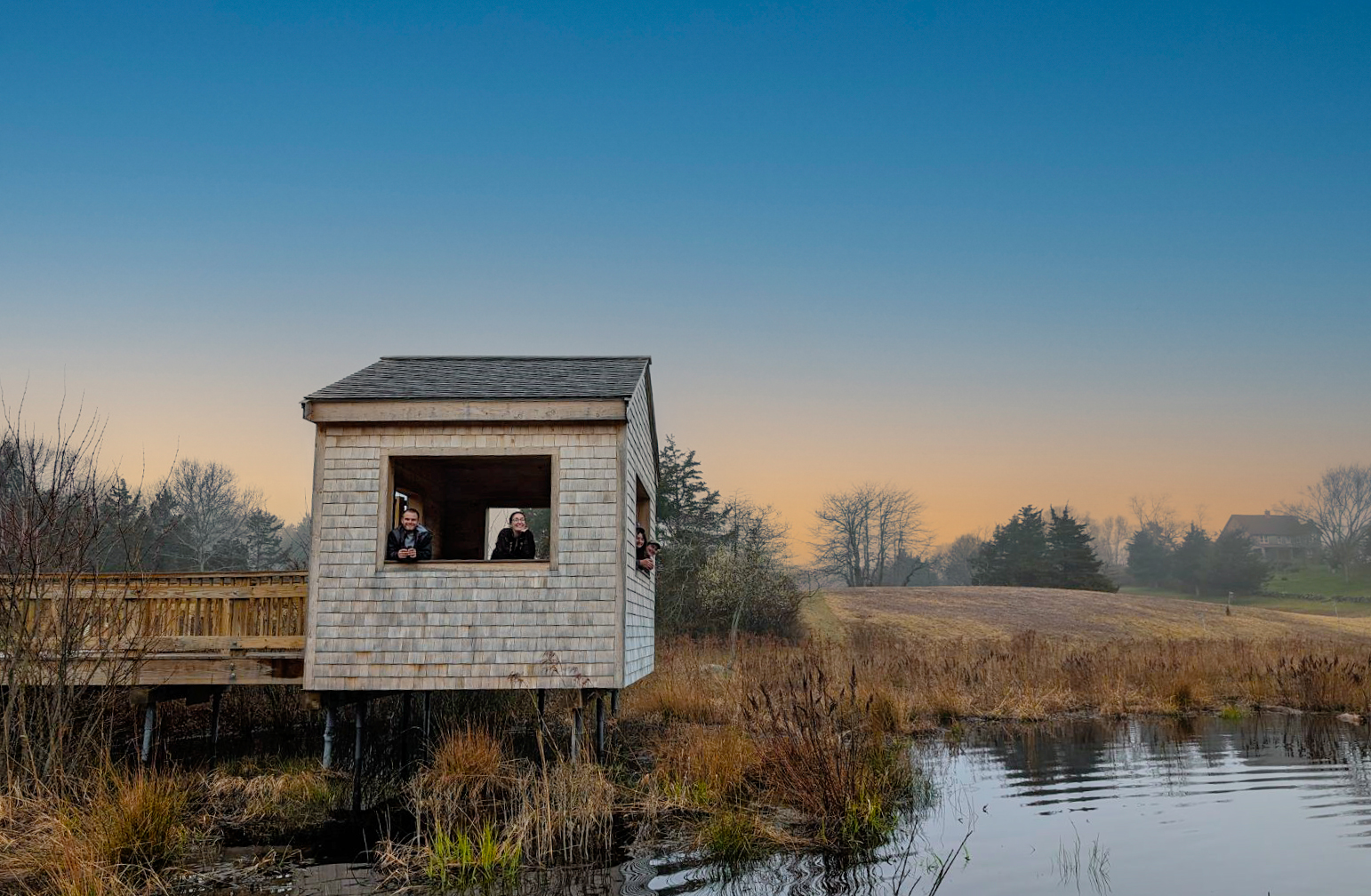This article was originally published in American Public Media’s Marketplace on November 19, 2012. It was written by Sarah Gardner. View the original article here.
Cranberry growing has been a tradition in Massachusetts since the 1800’s, when sea captains started cultivating the berry to ward off scurvy. Today Massachusetts is No. 2 in cranberry production, second only to Wisconsin. But climate change is forcing growers in the state to re-think their business.
Michael Hogan, CEO of A.D. Makepeace, a large cranberry grower based in Wareham, says for now cranberries are still a viable crop in Massachusetts. But climate change is making it much tougher to grow there.
“We’re having warmer springs, we’re having higher incidences of pests and fungus and we’re having warmer falls when we need to have cooler nights,” Hogan says.
Those changing conditions are costing growers like Makepeace money. The company has to use more water to irrigate in the hotter summers, and to cover the berries in spring and fall to protect them from frosts.
They’re also spending more on fuel to run irrigation pumps, and have invested heavily in technology to monitor the bogs more closely. It’s also meant more fungicides and fruit rot.
“Because of the percentage of rot that was delivered to Ocean Spray, they paid us $2 a barrel less,” Hogan says. “We delivered 370,000 barrels last year. So you’re talking about millions of dollars.”
Cranberries also need a certain number of “chilling hours” to ensure that deep red color. Glen Reid, assistant manager of cranberry operations for A.D. Makepeace, says that’s a problem as well.
“The berries actually need cold nights to color up,” Reid says. “Last year we had a big problem with coloring up the berries. We had a lot more white berries.”
Some growers in the Northeast have already moved some cranberry production to chillier climates, like eastern Canada. Ocean Spray has started growing cranberries on a new farm in the province of New Brunswick.
Makepeace’s Hogan is even considering Chile, which apparently has a favorable climate for growing the North American berry.
“We’re never going to walk away from our core holdings” in Massachusetts, Hogan says. “It’s our roots, it’s our heritage. But part of our challenge is to diversify so that we’re here for another couple generations. So that will require us to look beyond the boundaries of Plymouth County.”





 Back to all
Back to all